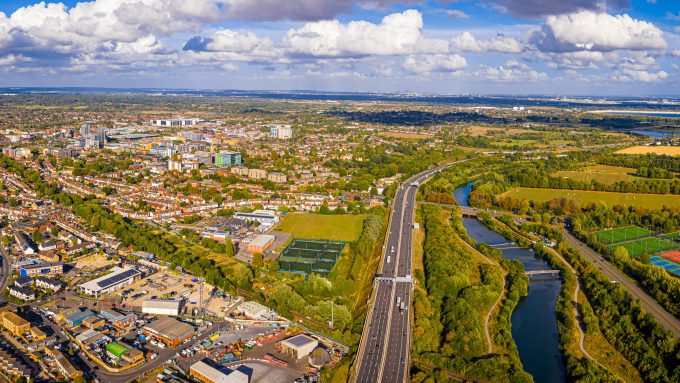
Large scale agent-based modelling to support shared mobility – the DeMAND project

Travel behaviour is gradually getting more difficult to predict, hence the increased complexity of travel demand models to fit modern lifestyle, and the increased demand to include autonomy and flexibility. As a direct consequence, we can notice diverse travel patterns as well as the reduced availability of private transport for certain population groups.
The “Demand Modelling and Assessment through a Network Demonstrator” (DeMAND) project focuses on the development of a new methodology to assess the demand for the introduction of New Shared Mobility Services in urban areas, through the development of a data-driven agent-based model which uses an activity-based approach to derive complex travel patterns from mobile network data aggregated at trip-chains level.
The DeMAND model represents a synthetic population of nearly 650,000 agents (individual people) replicating the transport choices and preferences within Tyne and Wear (population 1.136 million in 2018) in the North East of England for an average weekday in March 2018. Each agent bears the socio-demographics characteristics, spatial information, and daily activity schedules using the anonymised and aggregated mobile network data (MND) sourced from O2 Motion (Telefonica).
The synthetic population built using activity-chains from Mobile Network data allows to study the door-to door travel patterns from residents (simple and complex tours where starting zone and end zone are the same), as well as all the outbound and inbound journeys from people not living there, that are normally difficult to capture with traditional survey methods.
The model represents how people move and their transport choices and preference allow to test a variety of mobility services, either in integration or not with the current public transport system. Identifying the demand and catchment area for mobility services is a straightforward application of the model, which allows us to plan and integrate services for bus, rail or aviation and to understand the possible early adopters depending on the characteristics of the service.
The development of agent-based models with a higher granularity of information can support planning for future of mobility for Passenger Transport Authorities, but also operation for those mobility services providers that are seeking a sustainable integration in the existing public transport ecosystem . This holistic approach to demand modelling provides an effective tool to seek a coordinated and integrated transport solution with local and national passenger authorities to support future of mobility strategies.
Click below to read the Executive Summary and Full Reportfor the DeMAND report





